Planets
Alicia - An ocean world with a single huge Pangea. Tropical, warm, lively - HOME
Alicia is an ocean world with a huge, deep ocean and a comparatively small Pangea on its surface.
The planet is very green on its Pangea and its ocean is filled with multi-colored micro-organisms which leave huge colored patches of ocean visible from space.
These microorganisms formed the foundation of the majority of the animal life that is found in the oceans. The vast majority of creatures are ocean-based.
The planet is very volcanically active leading to a surface that is constantly enriched. Moreover, geothermal vents are abundant.
The tidal force of its sister planet is massive. Every wave is a tsunami and the tidal forces break lines which allow magma to flow up everywhere.
The planet is heated by its active core and not the star as it’s way out of the habitable zone of its star.
The atmosphere is thick and humid as lava causes water to boil, rise and form large clouds. Microorganisms float up with the water as it rises and many creatures have adapted to capture these floating creatures in the air to add to their own stock. They don’t eat these microorganisms but store them in themselves to use their by-products as food while offering these microorganisms more time to photosynthesize.
Huge storms and storm systems come up quickly but pass quickly.
Alicia has 1 sister planet and 2 moons listed below.
Nebtarus - Moon 1 - Small purple world that shines bright at night
Argela - Moon 2 - Slightly larger dusty brown/red world that is much further away (white in diagram).
Saris - Ice giant - location of many end-game goodies
Currently Unused–
Pergio: Brown Gas Giant
3 moons. Pink, Black, Green & Blue Stella
Questions:
The moons are likely to eclipse each other 3 times per month. For how long will they do so?
What sort of weather will a close icy planet produce? High tides?
//Depends on size and distance, these are details in the design that are required for an accurate depiction.
Ideals:
Since night is so short we could have it so that only on very specific days can you see specific moons and planets. On those specific days, you will find portals in the mine that relate to that type of species.
The alignment of the planets makes it so that every single day you have one eclipse that causes 1 hour of darkness. However, the darkness is not total as the light of Argela, the larger white moon lights the night sky.
When the Pangea is not facing the Sun it's still incredibly well-lit because of Saris.
Once every nine days however the single planet and both moons line up between Alicia and its star. This causes total darkness and a very high tide.
Day = 1 rotation of Saris and Alicia around a shared gravitational axis.
Week = 1 rotation of the smaller purple moon Nebtarus.
Month = 1 rotation of the larger white moon (Argela).
Planet Size:
Pangea Planet = 34 pixels
Moon 1 = 13 pixels
Moon 2 = 22 pixels
Ice Planet - 57 pixels
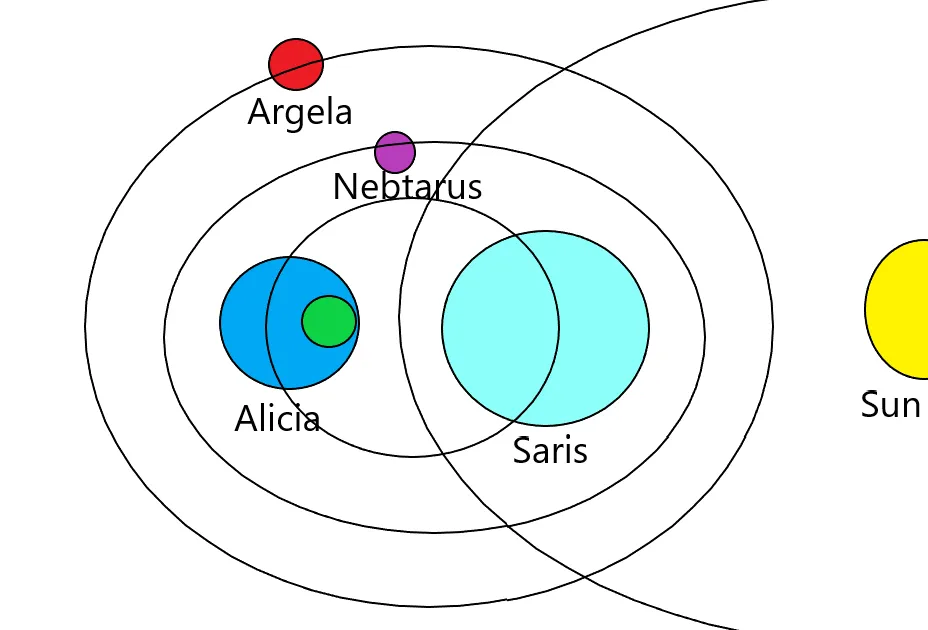


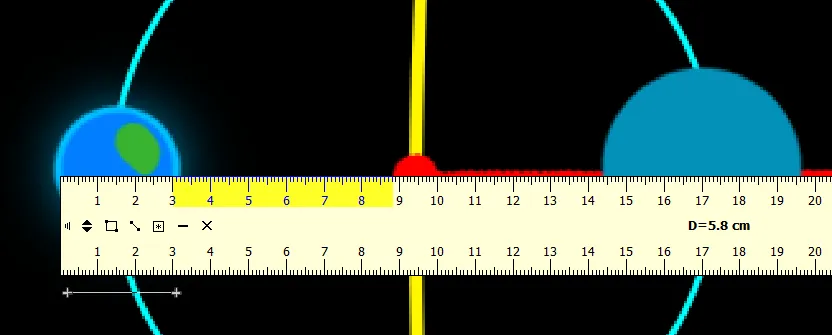
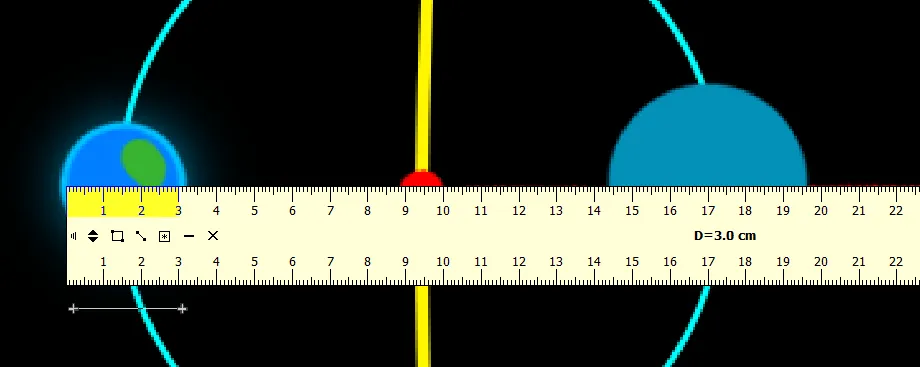
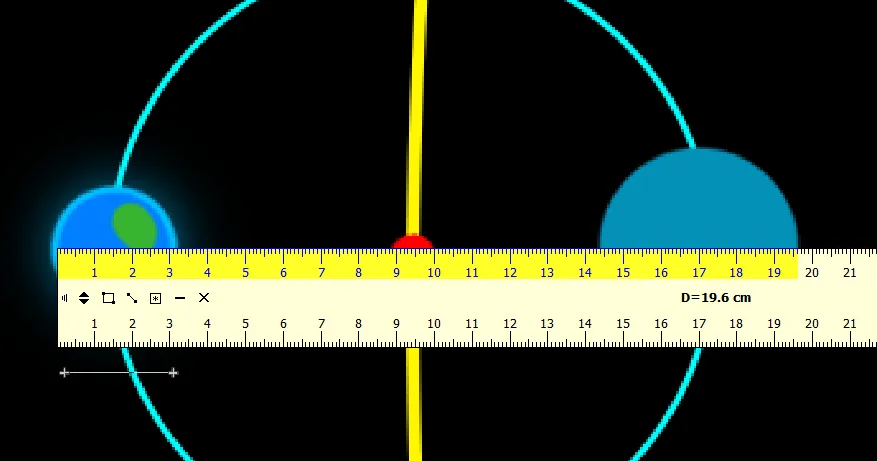



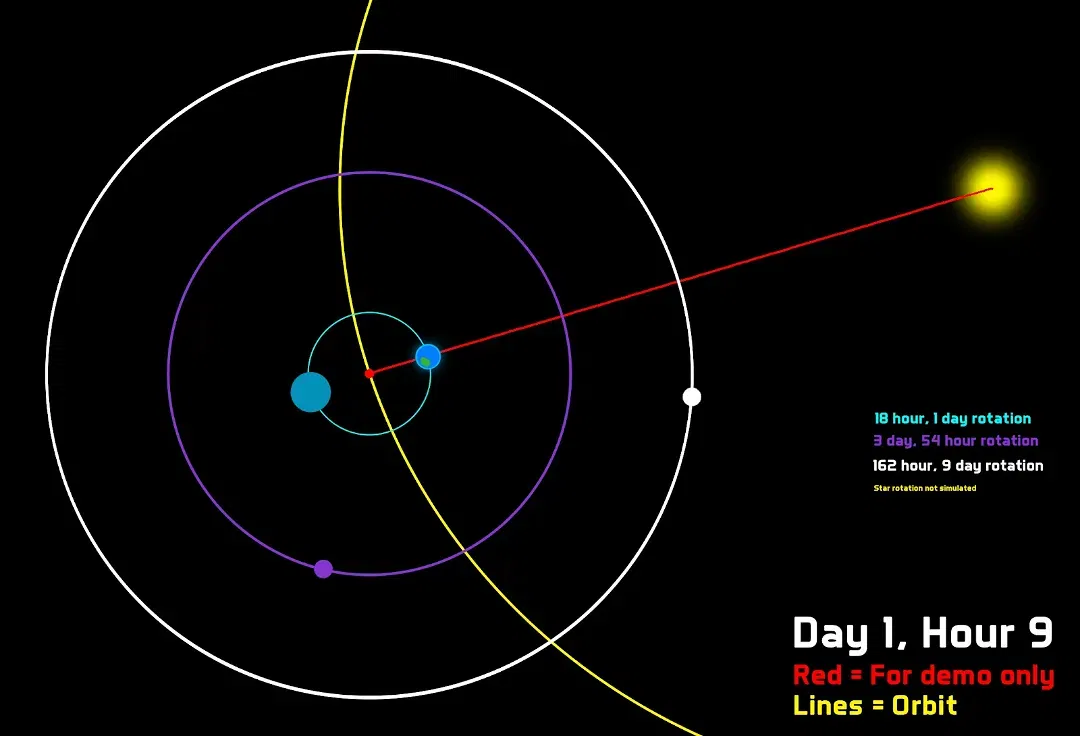
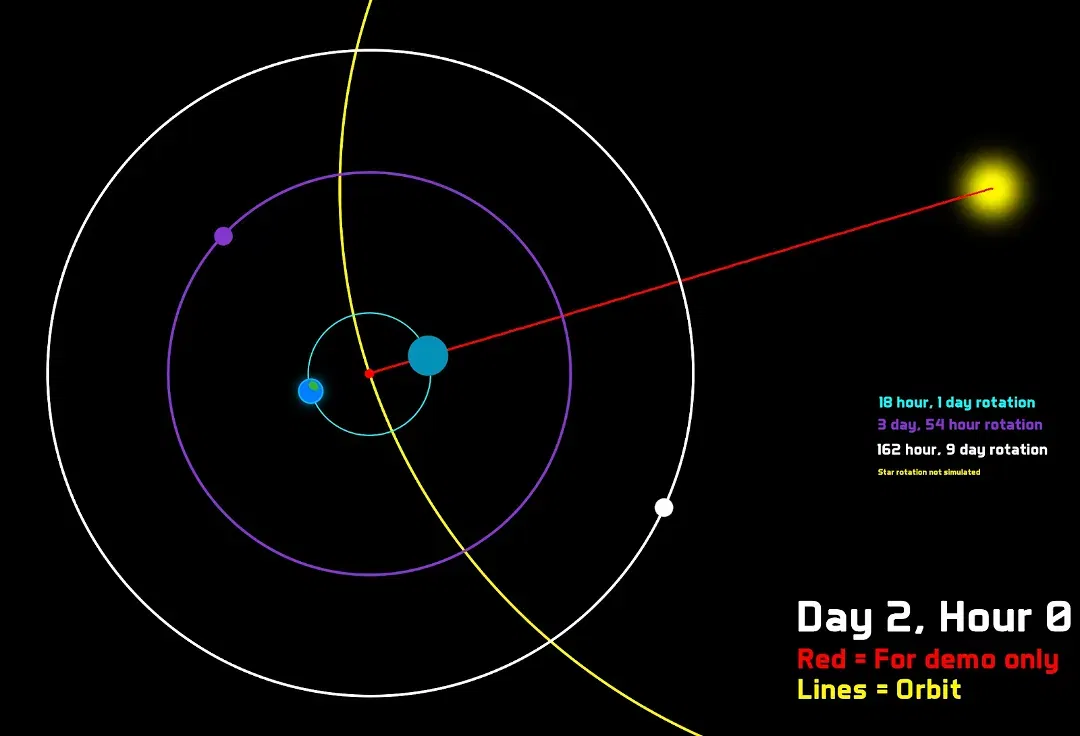
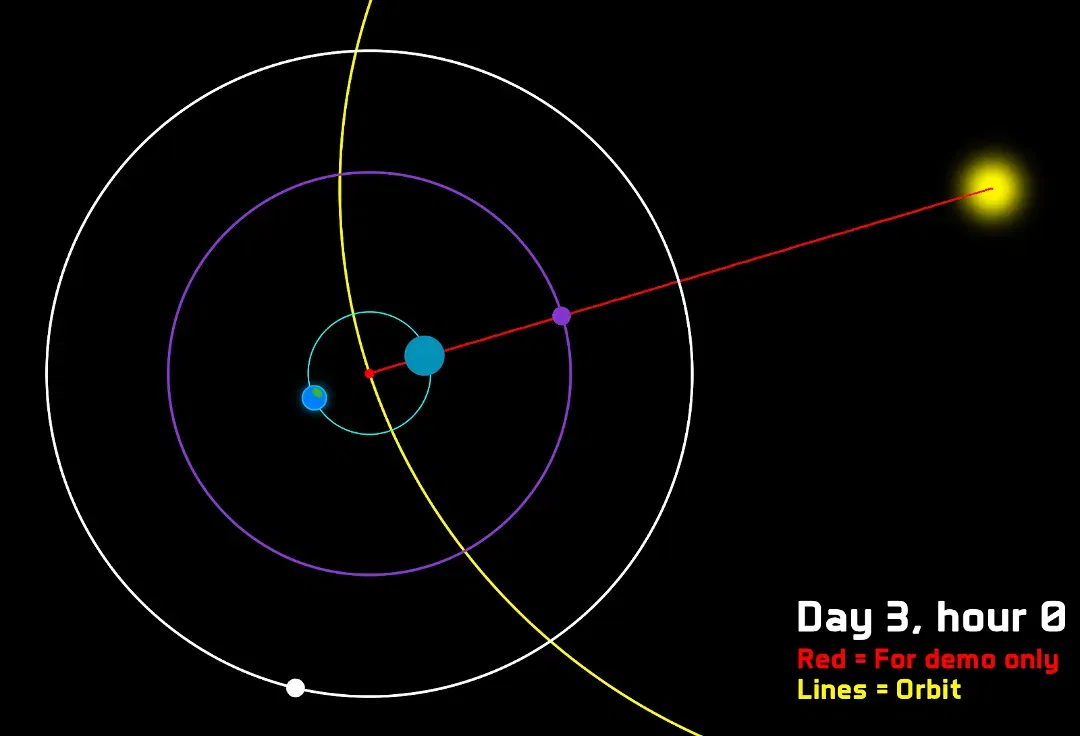
Click the play button to see the rotation ⬆